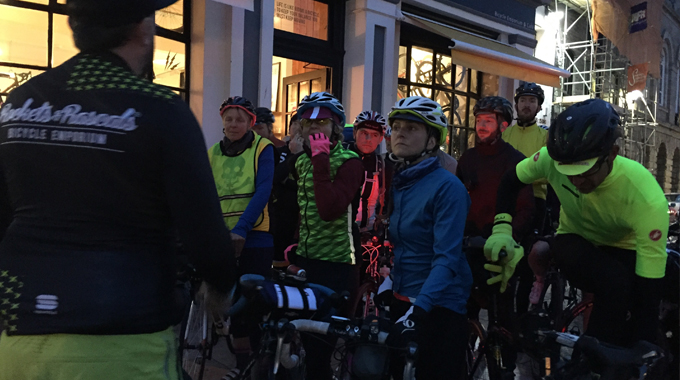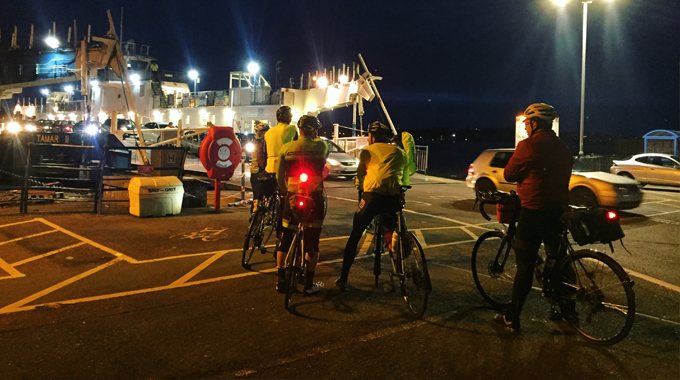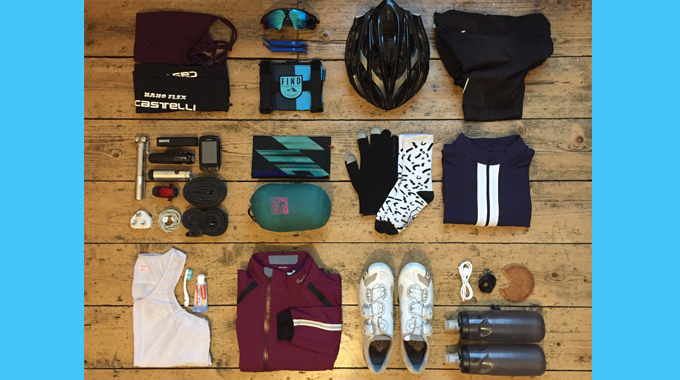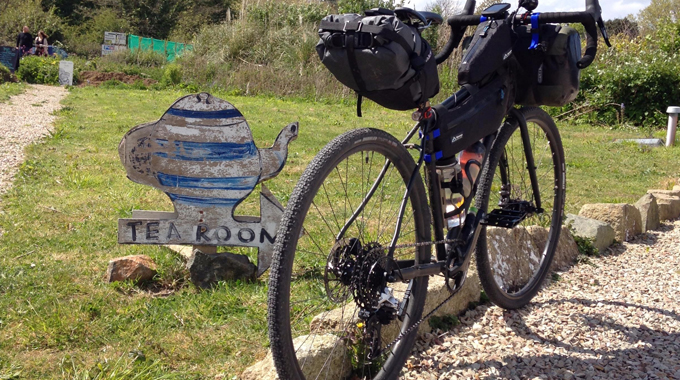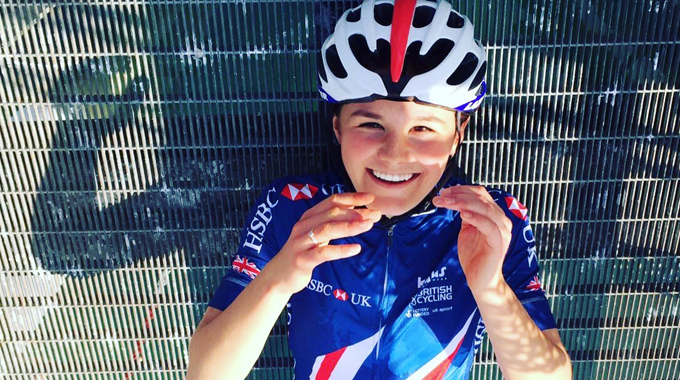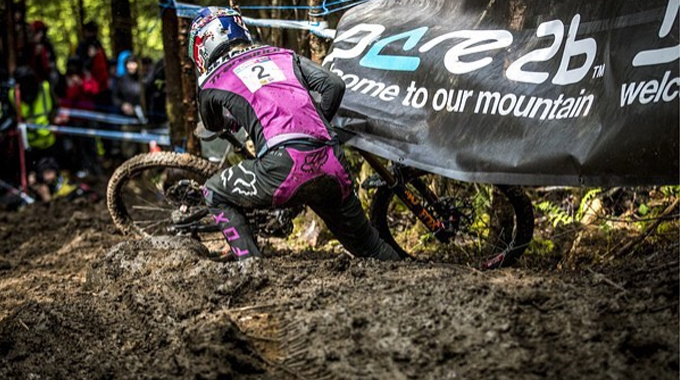Trans Kernow words by Katherine Moore
Photography by Tom Probert, Todd and Katherine Moore
Hosted by Plymouth’s trendiest bike shop, Rockets and Rascals, the inaugural Trans Kernow departed from the darkening, cobbled streets of the harbor side to conquer the roads of Cornwall. Katherine Moore embarked on the 370km ride and shares her top tips for surviving a long distance, multi-day event.
So, What is the Trans Kernow? Well, you might have heard of the Transcontinental Race. Organised by the late Mike Hall, British ultra-distance legend, the race has run annually since 2013, starting in London or Belgium and ending in Turkey or Greece, with a number of checkpoints in between. Riders head off into the night with some 4000km and two weeks of riding ahead of them, leaving this race only for the most dedicated and toughest long distance cyclists. Trans Kernow offers up a bite-sized slice of the action, crossing the glorious county of Cornwall (AKA Kernow in Cornish), over a long weekend.
The brief was very open, but it was clear that this was not a race. Whether you take 24 hours or three days, all riders are congratulated on conquering this challenging ride. Some opted for a lightweight approach, racing bikes with small saddlebags for spares and food supplies and kipping in B&Bs, whilst others went all out with gravel bikes, laden with tents, sleeping bags and even stoves for an all weekend adventure. Riders chose to either ride solo or in pairs.
